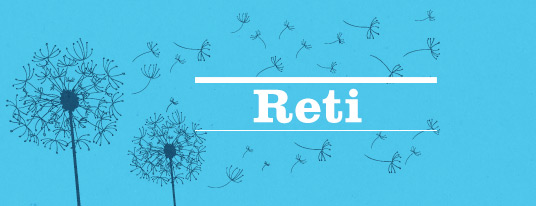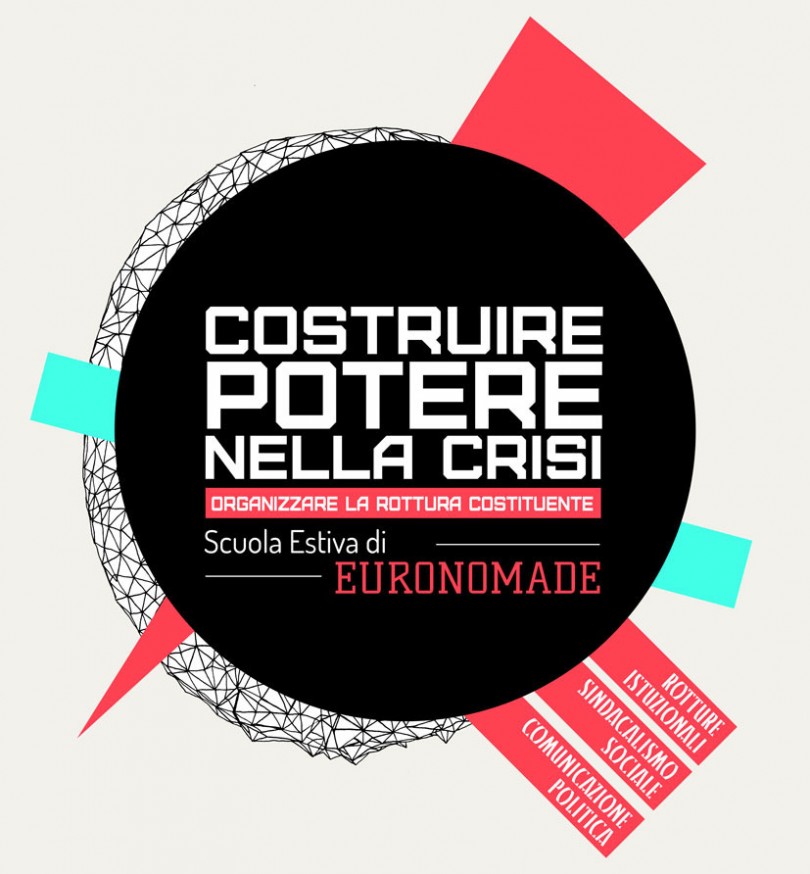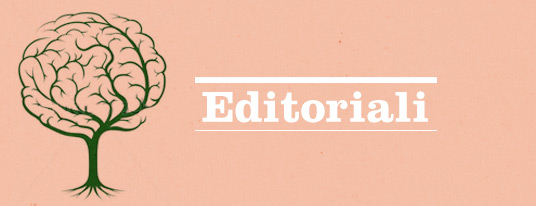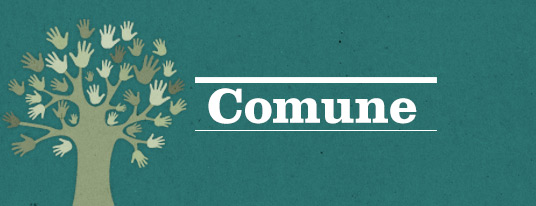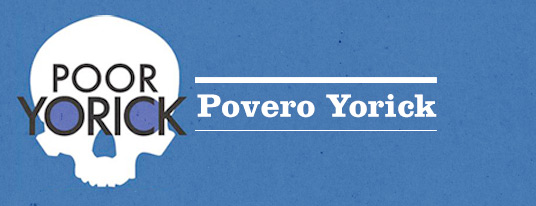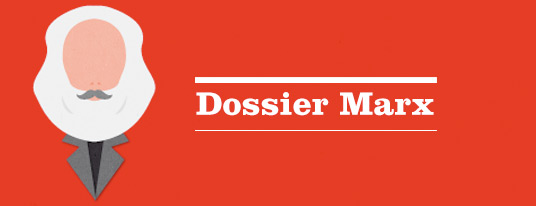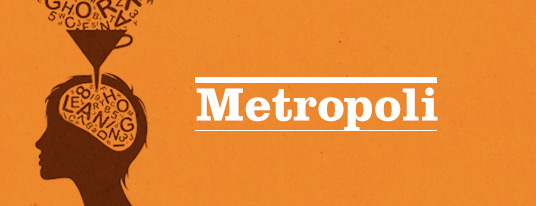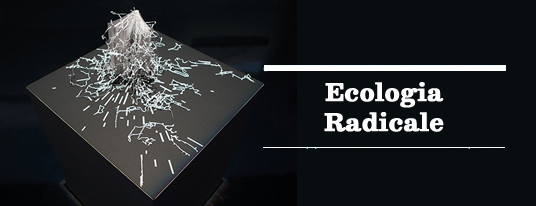di TIZIANA TERRANOVA. Over the past few years, European social movements have struggled to find new ways of cooperating and connecting in order to oppose the verticalization of European governance. Following the crash of 2008, in fact, a regime of austerity, that is severe cuts to public spending, has gone together with a remodulation of modes of welfare and work inspired by the German model. This model has seen the massive introduction of part-time, badly paid jobs (the so called mini-jobs ) which are part of a system of workfare where the state makes sure that everybody is forced to accept whatever job available through a new capillary control of recipients’ lives. While the European Central Bank like the Federal Reserve has deployed quantitative easing, and inundated the financial system with money, none of this has effectively gone into the creation of new jobs, into expanding credit to consumers and business or to essential public services. The process of complete precarisation of labor and increasing accumulation of wealth is thus unfolding along the lines of a geographical and ethnic division of labor which sees the European Union divided between centre and periphery, North and South, East and West with war pressing in on its Eastern and Southern borders.
The verticalization of European governance has thus reinforced a whole series of trends: ‘the attack on waged labor, the compression of union rights, the dequalification and privatisation of learning and research, the enclosure of common goods, a new government of labor mobility and the exploitation of migrant labor’ (http://www.autistici.org/strikemeeting/). These considerations are central to the formation of a transnational space of action for social movements aiming to reverse the tide of complete neoliberalization of Europe and opening onto the global level as the only adequate dimension of struggle. At the core of the summer school of the Euronomade free university network which took place in Passignano sul Trasimeno, Italy in September 2014 was the relation between this crucial importance of the geopolitical dimension in the unfolding of financial command over the productive cycle and new forms of unionism. The traditional trade unions have in fact proven themselves completely unable to answer new demands emerging out of a dispersed and individualized workforce which is no longer primarily assembled in factories (or only in the most transient form with high turnover of workers) but, as Stefano Harney has argued, through the expansion of the assembly-line by means of a generalized logistical infrastucture through the whole of society and across all geographical borders. It is in this context that what was once called peer production has become effectively integrated in the keizen line of logistics: synaptic labor performed under the mode of forced continous improvement spurred by performance metrics and analytics. (Harney 2014)
In a document authored by the Pisa-based Italian collective exploit directed at the usual technology hype of the Internet Festival 2014, the appeal of the mythology of the digital entrepreneurs has also been shown to be fading (eXploit 2014). While the latter continue to espouse the image of the Internet as a revolution induced by free market capitalism able to welcome new ideas and reward them with wealth while promoting social progress, it has in fact produced new monopolies and the progressive deterioriation of working and living conditions for the many. This is evident at all three levels of exploitation enacted by the digital economy as summarized by exploit: the material infrastructure of digital devices which is increasingly under the control of large multinational corporations mining minerals in Africa and able to outsource production where labor is less paid and protected; the immaterial level of software production, web services and crowdsourcing where labor is once again ever more precarious, underpaid and fragmented; and the large market in metadata which extracts value out of the most mundane acts of digital communication. This scenario postulates a ‘extractivist’ model of accumulation where the inorganic, organic and the social strata are put to work, that is commanded and forced to yield surplus value, expressing new challenges and demanding new strategies. As the eXploit collective put it, the collective ‘rewriting of the operating system’ of the digital economy and the ‘breakdown of the rules of the market’ appear as primary condition to reconquer that share of wealth produced by social cooperation but appropriated and controlled by the few.
The main challenge of organizing a labor force which unfolds throughout society and according to intermittent times lies in the strong individualisation of cognitive labor: ‘cognitive labor is labor without factories, as fixed place of exploitation and class recomposition which makes more difficult the formation of a class consciousness among cognitive workers. For the same reason’ because of the temporal fusion between time of work and time of life, the old forms of blocking production are obsolete, if not impossible: the time of work is diffuse, not demarcated, and there is no factory as site of direct action’. This is the space of production that traditional trade unions are unable to organize as they have proceeded to become co-managers of the crisis and of the productive process within the boundaries of individual firms (as again in the German model). It is not by chance, maybe, that the only succesful union struggles that have managed to achieve their goals have been those carried out by workers operating in the crucial sector of logistics. IKEA, Amazon and the Italian coop system have been hit by a wave of strikes organized by logistical workers who have been able to deploy the solidarity which emerges out of working physically together in the same space everyday with a succesful reconstruction of the topology of the whole network of valorization. Maybe being aware of being part of the speculative logistical assembly-line of continuous performance improvement is an advantage in this configuration. Research discussed at the summer school about the strike of Amazon logistical workers in Germany have pointed out the importance of the ‘existential’ dimension in triggering participation: the feeling of being a cog in the machine, of not having an input in the process constituted one of the factors which distinguished workers who joined the strike from those who didn’t. As an answer to these challenges, Alberto De Nicola and Biagio Quattrocchi, have proposed to redeploy the tradition of ‘social unionism’ as a way to ‘connect the different experiences of struggle which, within and outside organized unions, oppose the blockage of social conlifct and the pacifying role of traditional forms of union’ (De Nicola and Quattrocchi 2014). The effort goes into thinking of a common name able to account for the ‘proliferation of dispositifs of struggle’ which are reconfiguring the form of the union pointing to the invention of a new ‘form of unionism’. As in the tradition of social unionism, the urgency is how to reconnect various experiences of struggles which have sedimented over the: the experiences of occupation of social spaces and houses, conflicts around a democratic reappropriation of welfare and the diffusion of new mutualisms and forms of organization of autonomous and precarious labor, demand a better connection. The use of the term ‘social unionism’ applied to practices which do not recognize themselves as such is meant to produce a new perspective able to connect these experiences. De Nicola and Quattrocchi deploy the term ‘social’ in social unionism as a means to indicate the level of connection breaking through the dispositifs of ‘confinement’ which have kept these experiences as separate instances.
The concept of ‘social unionism’ has been rediscovered in militant milieus at the same time as its first practical implementation was deviced and launched: the ‘social strike’ called for by a network of activists who met for three days in Rome in September 2014 (Italians, but also French, Greek, German, Spain and Portugal) which is going to unfold through a series of events in view of the first official date of November the 15th 2014 (Strike Meeting 2014). The platform of the strike composes all the instances emerging out of the world of ‘work and education, of not-work and social cooperation’. The platform is crucially centered on the demands for a ‘new welfare’ or ‘welfare of the common’: the right to housing, an income unlinked from waged work, a European minimum wage, free access to education, rejection of the subjection of the school and university system to the logic of the enterprise’. The notion of a commonfare which would not only guarantee a minimum income, but also able to refound the old institution of welfare around a process of co-production where services are no longer delivered but co-produced is crucial in the domains of health and education provision, but also housing, management of natural resources, and insurance. The social strike proposes to be a permanent experiment of invention and diffusion of forms of strikes that can be practiced also by those who cannot strike according to the traditional model: the unemployed, the precarious, the domestic worker, the crowdworker, the migrant without official documents. It thus aims to redeploy, reconnect and invent all forms of strike: ‘the general strike of waged labor, the strategies of blockages and occupation experimented by precarious workers and urban dwellers, the strike of those who cannot strike, netstrikes, strikes within the spaces of education, the gender strike A kaleidoscope of practices to patiently construct through a series of territorial strike labs’ (Strike Meeting 2014)
The social strike launched in September crucially includes the ‘digital strike’ as one of its components. The importance of social networks in organizing, connecting and amplifying various struggles is undeniable, but with the years we have witnessed a growing awareness of the ways in which the social Internet has been reconfigured to become a space which operates according to a logic of security, working often in tandem with mainstream media to marginalize activists. During the BlockBCE event – which was also included in the series of events composing the social strike as permanent mobilization and which saw a rally of activists contesting the meeting of the European Central Bank in Naples, Italy – mainstream media and Facebook for example worked together to marginalize and contain the risk of contagion. This was not an intentional effect, wanted by and aimed for, as much as the result of a kind of automatic logic of security as it permeates both public discourse and communication technologies. The production of ‘toxic narratives’ and ‘order words’ by the media, the construction of activists as violent extremists, the action of police on the ground who pressured citizens and shopkeepers to close and keep indoors for the duration of the rally, are the first side of the double pincer attempting to block the generalization of the social strike, containing it as a kind of contagion. The second side of the pincer is the algorithmic calculation that reinforces and modulates the tendency of social networks to decompose into sub-networks, where most acts of communication fail to expand beyond a close numbers of related contacts and the diffuse sense of surveillance which as even corporate-funded research acknowledges produces a kind of new conformism on the Internet, a fear of ending up in the wrong database (Crawford 2014) . If the rally in Naples against the European Central Bank managed to break the siege that wanted activists to march alone in an empty city to perform a ritualized clash able to provide suitable images for the media by changing route and marching through the city, collecting solidarity and encouragement on the way, other strategies need to be deviced to break the circle that confines the social strike event within social network platforms.
The social strike launched in Rome in September has started experimenting with some strategies to break this process of marginalization on the Internet: the design of standardized but customizable images to be used as profile pics on social networks was one such level; the second was the twitter campaign launched on the 10th of october during the strike of students and of the school sector which pushed the hashtag #socialstrike to the rank of second highest trending topic. In the future, as part of the permanent laboratorial character of the social strike, new tactics could be experimented and redeployed: Anonymous-style Denial of Service Attacks, but also experimentation with hyper-popular forms of social network culture such as personality tests, games, viral links factories etc. The digital strike can thus become a new form of strike able to work synergetically with a long-term process of expansion and remodulation of strike tactics in a social unionism framework. The logic of social unionism, linking territorial labs and digital networks, posing together the establishment of long-term sites of elaboration of tactics and strategies, physical and digital action, carries the struggle of labor on that field of indistinction where work and life, digital and physical merge.
References
Crawford, Kate (2014) “The Anxiety of Big Data.” The New Inquiry, 2014. http://thenewinquiry.com/essays/the-anxieties-of-big-data/.
De Nicola, Alberto and Biagio Quattrocchi (2014) ‘La torsione neoliberale del sindacato tradizionale e l’immaginazione del ‘sindacalismo sociale’: appunti per una discussione’. In Euronomade https://www.euronomade.info/?p=2482
eXploit (2014) ‘Riappropriarsi della rete per una riscrittura collettiva del presente’ http://exploitpisa.org/riappropriarsi-della-rete-per-una-riscrittura-collettiva-del-presente/
Harney, Stefano (2014)’Istituzioni algoritmiche e capitalism logistico’ in M. Pasquinelli ed. Gli algoritmi del capitale. Accelerazionismo, macchine della conoscenza e autonomia del comune. Verona: Ombre Corte. Strike Meeting (2014) ‘Batte il tempo dello sciopero sociale’ http://www.autistici.org/strikemeeting/

